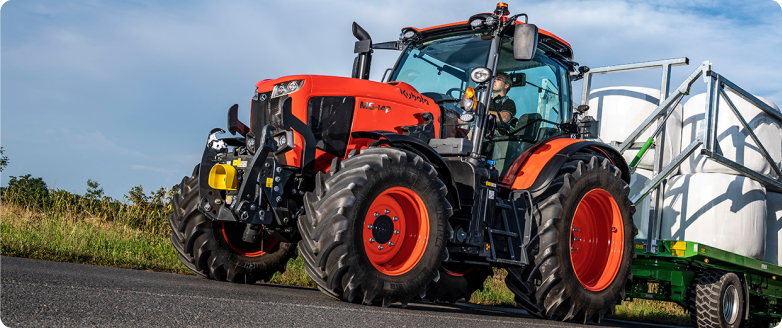
Drone imaging for better fruit crops
The Challenge
How can we profitably use the latest technology for orchard farming, while listening to farming needs?
As orchards get bigger, and the supply of available labour dwindles, managing tree health and fruit yield is becoming increasingly costly, difficult and time consuming. In this day and age, keeping up with the world’s rising demand for healthy food like fresh fruit is a priority – not to mention the growing necessity to accommodate environmental concerns in agriculture. But how can farmers address these pressing agricultural issues in the 21st century?
Solution
A vision of healthy orchards
Combining advanced machinery and state-of-the-art technology is the modern and effective way to manage orchards. The contemporary farmer can take advantage of emerging technologies such as digitalisation, AI, robotics, autonomous equipment and advanced sensor technologies to enhance tree health and improve crop yields.
One promising approach brings together three elements: drone imaging and mapping, AI-based tree analysis, and systems for focused and prescriptive tree treatment such as the latest spraying technologies.
Ideally, farmers need a quick but comprehensive overview of their orchards, and a way of reacting swiftly, completely and precisely to the individual needs of every single tree. In reality, it seems like an unattainable dream.
Precision thinning with drones and sensor
Orchard mapping with drones and AI
Yet agricultural machinery leader Kubota, in conjunction with Aurea Imaging, a Dutch start-up developing “crop-intelligence products, has come up with an ingenious solution, the result of some blue-sky thinking. An integrated system using drones equipped with IoT sensors that enable AI analysis and improved decisions can substantially increase the yield of high-value crops such as apples and pears, balancing the multi-year performance of orchards. With the help of Aurea Imaging’s global network of drone pilots, regular and prescriptive tree and fruit surveillance is now only a few clicks away.
Take blossom thinning, for example. Early on in the growing year, manually taking stock and thinning an overabundance of blossoms on those trees with too many flowers is an onerous and time-consuming chore in large-scale orchards. But orchard management can now be assisted by a smart drone which flies over the trees and creates a blossom map. This can, in turn be digitally assessed into a prescription map for the chemical blossomthining of specific trees only, making the process not only faster but more precise and efficient.
In trials conducted by Kubota and Aurea Imaging since 2021, a blossom map created by a drone enabled the farmer to attain full knowledge and control over which trees required the application of blossom thining chemicals.
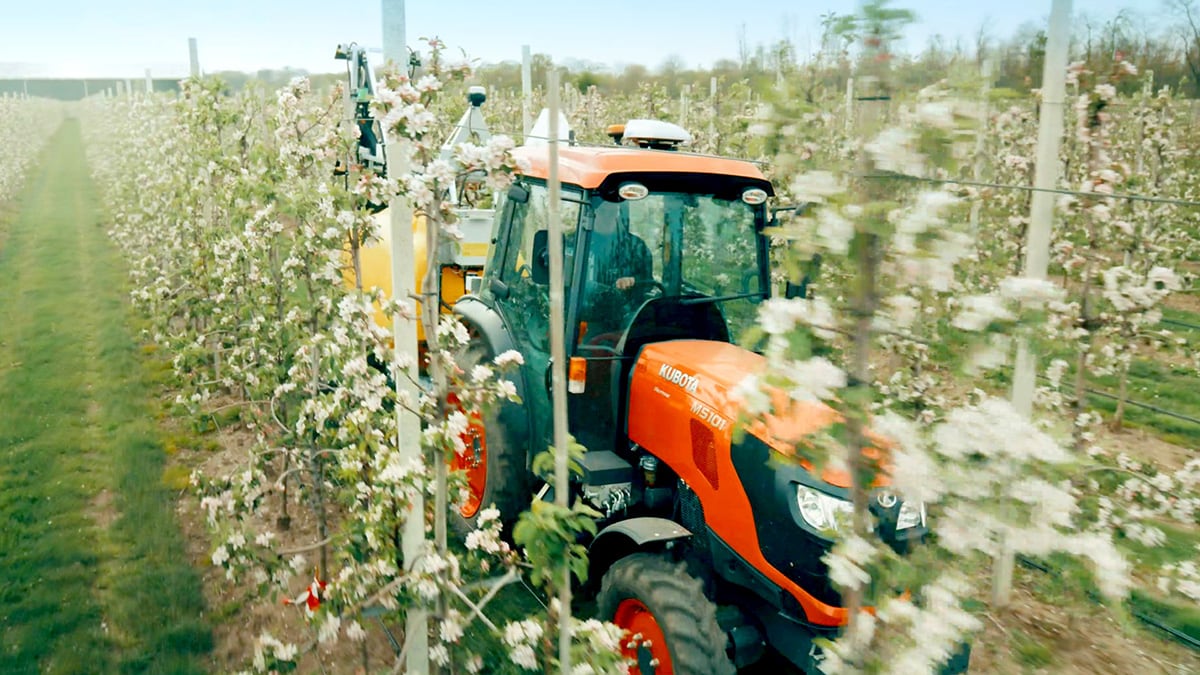
Early imaging for tree health
Another trial conducted by Kubota and Aurea Imaging in an orchard in 2020-2021 enabled a farmer to detect early symptoms of leaf colourisation. This made targeted application of fertiliser in early spring 2021 possible – at a time when the tree is not yet in leaf and a diagnosis of tree health cannot be made. This data made it possible for the farmer to apply fertiliser to the 11% of trees that needed it, saving 89% in contrast to the conventional method, which would have required spreading fertiliser on the entire orchard.
On the other hand, trees in an orchard can become too vigorous, leading to uneven growth and yield. Utilising the drones in mid-season to prepare a canopy/vigour map will allow a farmer to identify which trees require root pruning, resulting in more homogenous overall growth.
The advantages of such high-tech systems are obvious. Being able to achieve a comprehensive diagnosis of all aspects of an orchard – something nearly impossible to do conventionally over the increasing field areas in modern farms – offers multiple benefits to the farmer, as well as everyone else. The amount of labour required, and the difficulty of it, can be substantially reduced. Being able to pinpoint application of chemicals such as fertiliser and blossom thinner means that only the necessary amount of these chemicals are needed for optimum orchard maintenance, which is better for the environment and helps in promoting wild plant and pollinating insect health. And greater yields mean more food for growing populations. Companies such as Kubota and Aurea Imaging, at the vanguard of smart farming, are coming up with increasingly beneficial solutions to farmers’ 21st-century needs.
Precision root pruning with drones and automation
Benefits
What are the benefits of drone imaging in orchards?
Drone imaging enables mapping, disease diagnosis and prescriptive treatment
Enhances potential of digitalization, AI, robotics and automation
Increases efficiency, reduces labour requirements, protects the environment
People
Voices from the Kubota Community
“We started to think about making a map of every tree in the orchard so we could then use GPS-controlled tools. The first company we consulted couldn’t help us, but Bert Rijk from Aurea took a personal interest and we started cooperating in 2017. Aurea put in a lot of effort, trying out new cameras, equipment and techniques and they have continued making developments, making the mapping better and better. Aurea is responsible for the equipment and software development; the flying is done by a company called Dronewerkers.
Now they fly over the orchard in July and give me the data, which I can put into my own task maps for root pruning. I do the root cutting the following March. The machine only cuts the roots of the trees that are growing too fast. When you look at the drones for the blossom detection, it is much faster than doing it in person. Of course, the orchard has to be very tidy and all the trees aligned with the GPS locations. But the results are very good.”
UN Sustainable
Development Goals
The Great Plains Implement Command System contributes to the UN Sustainable Development Goals of achieving zero hunger, promoting industry, ensuring sustainable development and protecting life on land.
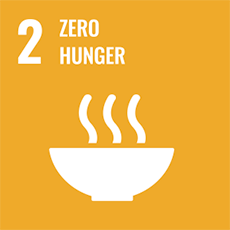
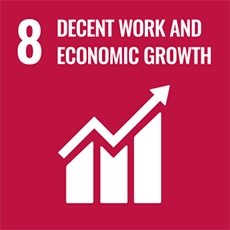
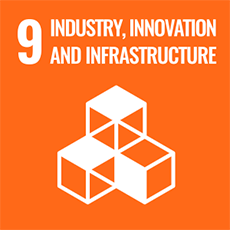
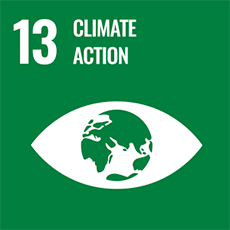
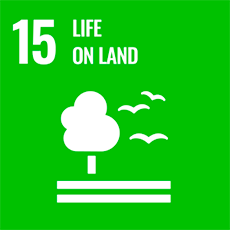
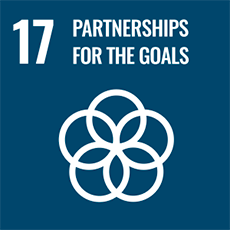
Get in Touch with Kubota
